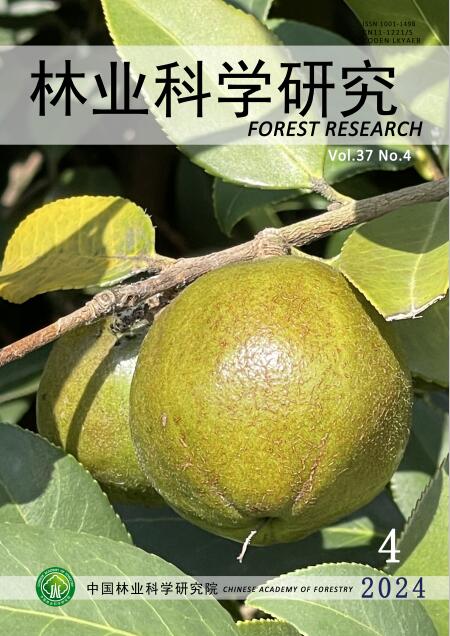Multiple Criteria Decision-Making Approaches for Forest Sustainability (Case Study: Iranian Caspian Forests)
Q4 Agricultural and Biological Sciences
引用次数: 4
Abstract
The aim of this research is to investigate the sustainability of economic, social and environmental aspects in Iranian Caspian forests. To do so, questionnaires were used for data collection. The questionnaires were distributed among the forestry experts in Guilan province, north of Iran. Analytic Hierarchy Process (AHP) and the Network Analysis (ANP) were used for prioritizing the indicators of sustainable forest management. Investigated criteria and indicators are derived from the Near Middle East Process. The Expert Choice and Super Decision software were used for data analysis. The results of this study showed that the wood products sub-criterion and conservation of biological diversity have been known the most important criteria in the sustainable forest management in the study area using of AHP and ANP. Furthermore, the priorities of the other indicators are different in AHP and ANP. This could be due to the reciprocity relations in the ANP and this method has more strengths than AHP.森林可持续性的多准则决策方法(案例研究:伊朗里海森林)
这项研究的目的是调查伊朗里海森林的经济、社会和环境方面的可持续性。为此,调查问卷用于数据收集。调查问卷在伊朗北部桂兰省的林业专家中分发。采用层次分析法(AHP)和网络分析法(ANP)对森林可持续经营指标进行排序。所调查的标准和指标来自近中东进程。使用Expert Choice和Super Decision软件进行数据分析。研究结果表明,利用层次分析法和ANP分析法,木制品分项标准和生物多样性保护已成为研究区森林可持续经营的最重要标准。此外,AHP和ANP中其他指标的优先级不同。这可能是由于ANP中的互惠关系,该方法比AHP更具优势。
本文章由计算机程序翻译,如有差异,请以英文原文为准。
求助全文
约1分钟内获得全文
求助全文
来源期刊

林业科学研究
Environmental Science-Ecology
CiteScore
0.90
自引率
0.00%
发文量
4834
期刊介绍:
Forestry Research is a comprehensive academic journal of forestry science organized by the Chinese Academy of Forestry. The main task is to reflect the latest research results, academic papers and research reports, scientific and technological developments and information on forestry science mainly organized by the Chinese Academy of Forestry, to promote academic exchanges at home and abroad, to carry out academic discussions, to flourish forestry science, and to better serve China's forestry construction.
The main contents are: forest seeds, seedling afforestation, forest plants, forest genetic breeding, tree physiology and biochemistry, forest insects, resource insects, forest pathology, forest microorganisms, forest birds and animals, forest soil, forest ecology, forest management, forest manager, forestry remote sensing, forestry biotechnology and other new technologies, new methods, and to increase the development strategy of forestry, the trend of development of disciplines, technology policies and strategies, etc., and to increase the forestry development strategy, the trend of development of disciplines, technology policies and strategies. It is suitable for scientists and technicians of forestry and related disciplines, teachers and students of colleges and universities, leaders and managers, and grassroots forestry workers.
 求助内容:
求助内容: 应助结果提醒方式:
应助结果提醒方式:


